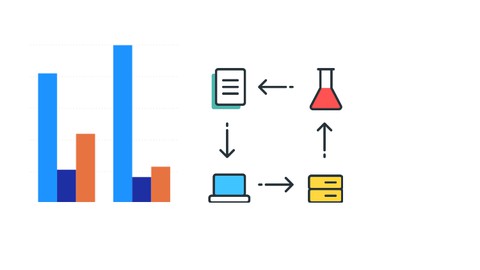Description
Data exploration is the initial step in data analysis, where users explore a large data set in an unstructured way to uncover initial patterns, characteristics, and points of interest. This process isn’t meant to reveal every bit of information a dataset holds, but rather to help create a broad picture of important trends and major points to study in greater detail. Data exploration can use a combination of manual methods and automated tools such as data visualizations, charts, and initial reports.
Exploratory Data Analysis (EDA) is the first step in your data analysis process. Here, you make sense of the data you have and then figure out what questions you want to ask and how to frame them, as well as how best to manipulate your available data sources to get the answers you need. You do this by taking a broad look at patterns, trends, outliers, unexpected results and so on in your existing data, using visual and quantitative methods to get a sense of the story this tells. You’re looking for clues that suggest your logical next steps, questions or areas of research.

